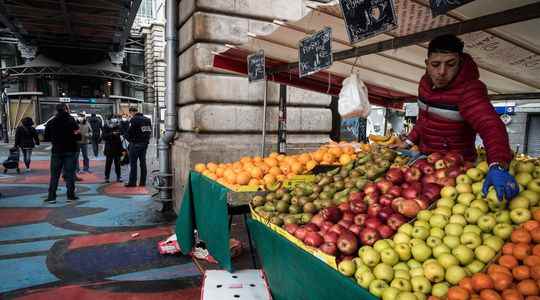The production of our food generates more than a quarter of global greenhouse gas emissions. For France, this even represents nearly 30%. But the problem goes beyond: artificialization of soils, deforestation, pollution of groundwater, collapse of biodiversity… The way in which we produce and consume our food is the most important factor in the loss of natural capital in the world. We are destroying nature at an increasingly rapid rate, and we justify ourselves by invoking food security, the search for productivity, cost control and the preservation of our culinary habits…
However, it is nature that makes it possible to produce our food. Preserving it is therefore vital and requires a systemic change in the functioning of our food production chain. Far from being impossible to meet, this challenge is based on three levers that can be activated immediately, which would make it possible to stop this destructive cycle, contribute to the fight against climate change and curb hunger in the world.
First lever: change our eating habits. The Environment and Energy Management Agency indicates that it is currently necessary to mobilize 5,200 square meters of agricultural land to feed a person with a traditional meat diet (mainly to produce cereals intended for the cattle of which we eat the meat). This surface could be divided by 2 by favoring chicken over beef and by 4.5 by favoring lentils over chicken. Opting for a less fatty, less meaty and more plant-based diet therefore contributes to reducing the agricultural area mobilized for food. By modifying our diet in a profound way, we could, with a constant mobilized agricultural area, feed healthier up to four times as many people.
Reduce waste
Second lever: reduce waste. According to the United Nations, around 40% of the food produced is lost between the fork and the fork, with half being thrown away by the final consumer. This represents about 500 million tons of food (74 kilos per person per year). The food we throw away would meet the food needs of the billion starving people.
Third lever for action: regenerative agriculture. We need to change our practices to develop an agriculture that restores the soil’s fertility and preserves its biodiversity, its pollinators and its auxiliaries. Invest massively in agroecological practices to develop an agriculture that produces more and better with less: less pesticides, less fertilizers, less water and less energy. This is nothing new.
In 2015, the international “4 per 1000” initiative launched by France and signed by 31 countries during COP21 in Paris already demonstrated the crucial role of agricultural soils in food security and the fight against climate change. With regenerative practices, increasing soil carbon stocks by just 0.4% each year would capture the equivalent of the emissions produced by our economy in one year. These practices would lead to a drastic increase in soil fertility and therefore improve agricultural yields.
How can large-scale regenerative agriculture be made possible? Perhaps the most important driver of change will be the reallocation of the huge public and especially private investments that support the current mode of food production. Let’s build partnerships between public actors who offer healthier diets, industrial actors who reorganize the production chain for less loss and waste, and investors who redirect capital towards regenerative agriculture. By investing in the restoration of degraded lands through highly intensive food production methods, sustainable mass food will become affordable for all, and therefore profitable for those who have invested in it.
